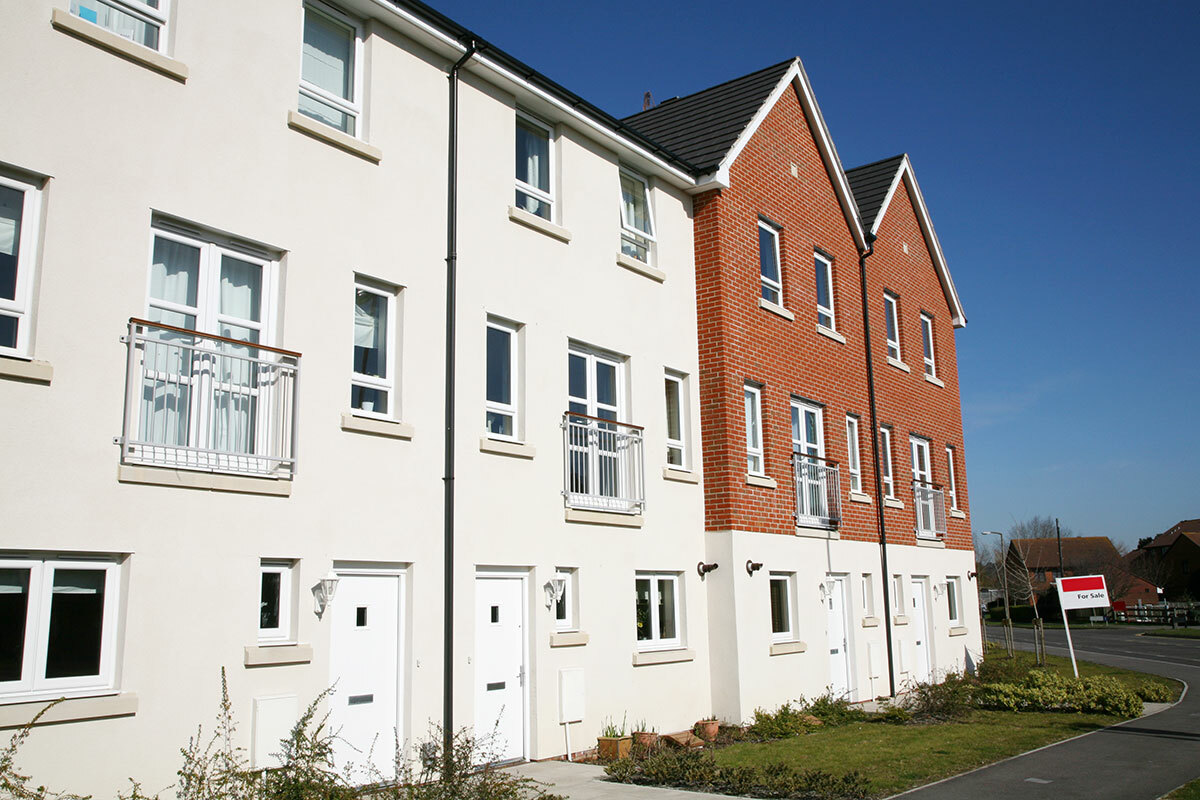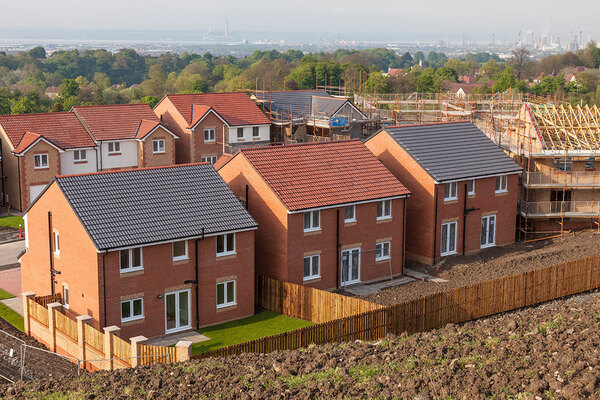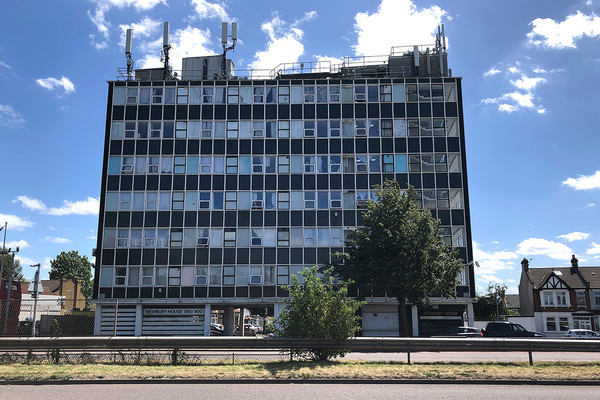You are viewing 1 of your 1 free articles
The Thinkhouse Review: what the research says about First Homes and permitted development rights
What researchers had to say about First Homes, permitted development rights and affordable housing. Suzanne Benson takes a look at some of the latest research in this month’s Thinkhouse Review
Research teams have clearly been busy during lockdown – July was a bumper month for new reports. Unsurprisingly, the majority focus on the impact and consequences of the COVID-19 pandemic and many look to predict key themes and factors as we move forward.
Inevitably the future of the housebuilding industry and the immediate impact of lockdown on demand provide clear areas of focus, but there are some additional themes emerging.
It is evident that many feel recent events have highlighted the increasing inequality between homeowners and private renters as well as providing a renewed focus on the need to increase the supply of affordable housing, particularly housing for social rent.
With 16 new reports added to the Thinkhouse repository for the month of July, it is impossible to highlight more than a small selection.
A good starting point is the Commons Select Committee report, which considers the issues arising from their inquiry into the need to increase affordable housing supply in England. The report concludes there is compelling evidence that England needs at least 90,000 additional social rent homes a year and that now is the time for the government to make significant investment.
The report estimates that £10bn in extra grant funding will be needed to achieve this target. It additionally suggests that both First Homes and any introduction of the trailed Right to Shared Ownership should be subject to further analysis to identify their impact on the provision of other affordable tenures.
Linking into many of the themes identified in the Select Committee report, the Affordable Housing Commission (AHC) has published a supplementary report entitled Making Homes Affordable after COVID-19. This report builds on the detail of the AHC’s March report Making Housing Affordable Again – one of the highest-ranked reports assessed by the Thinkhouse editorial panel this year. The July addendum to the main report sets out a 12-point housing-led recovery plan.
Highlights of the AHC proposals include a significant increase in housing investment and a suggested return to at least 2010 grant levels. An innovative new Housing Conversion Fund is also proposed for the acquisition of unsold new build or unwanted private market homes to maximise the use of existing supply. In a similar vein, an extension to the Help to Buy is suggested for the purchase of second-hand homes.
Again, the First Homes product is flagged amid concern around its potential to dilute affordable supply. Unsurprisingly, permitted development rights also come into question with the suggestion that individual councils should have the discretion to determine how they apply in each locality. This approach is also echoed in the call to grant local discretion over the reinvestment of Right to Buy receipts.
Looking at recent months from a different perspective, the Resolution Foundation’s report Lockdown Living shines a spotlight on lockdown living conditions and the inequality experienced by different groups. The report highlights a stark difference between the young and the older generations as well as between different ethnic groups. The research found that the younger generation live in more cramped conditions and are significantly more likely to encounter damp. A major factor here is a widening well-being gap between homeowners and those in the private rented sector.
Although the report is more focused on the statistical results than on suggesting potential solutions, it does consider some potential policy issues should we head into a second lockdown. Access to additional space for those in cramped conditions is key and the writers do point to the importance of maintaining access to public spaces, such as libraries, to alleviate the issue.
“July’s crop of reports looks for opportunities to use the shared experience of lockdown to highlight inequality and suggest actions”
Finally, Savills and Shelter have collaborated on their Rescue, Recovery and Reform: housebuilding and the pandemic report. It is interesting that at the time of writing some of the most pessimistic predictions of the report around market downturn are not as anticipated. It does remain to be seen, however, whether the current market boom is a short-term bounce or will outlast the current stamp duty holiday.
Key recommendations from the report include an acceleration of the £12.2bn Affordable Homes Programme to create a two-year rescue and recovery package. The report suggests that the bulk of this should be spent on social housing with a realistic and imaginative use of grant funding. With echoes of the earlier reports, Shelter and Savills suggest this could be the ideal launchpad to reach the goal of building 90,000 social rented homes per year as recommended by the Commons Select Committee.
July’s crop of reports looks for opportunities to use the shared experience of lockdown to highlight inequality and suggest actions. It will be interesting to see whether these themes continue to feature as strongly as we move to the next stage of our response to the pandemic.
Suzanne Benson, partner, Trowers & Hamlins












